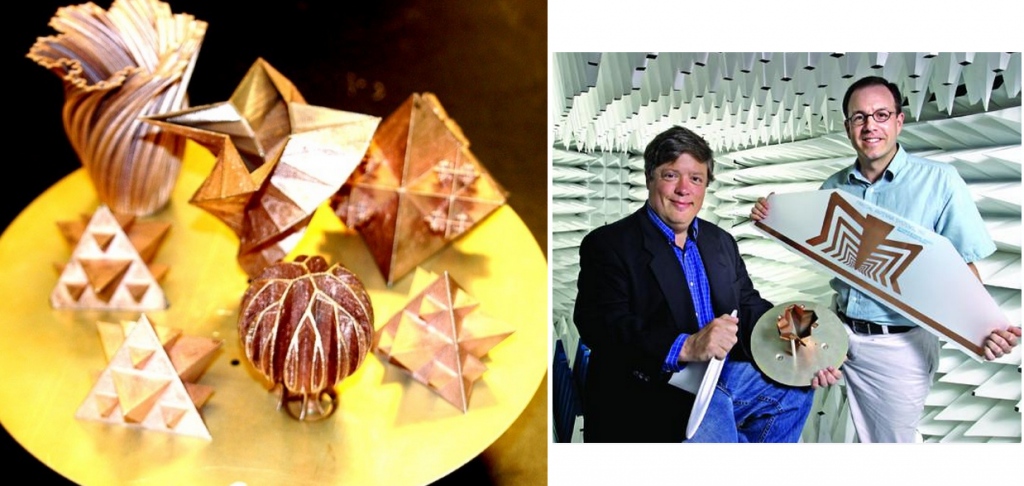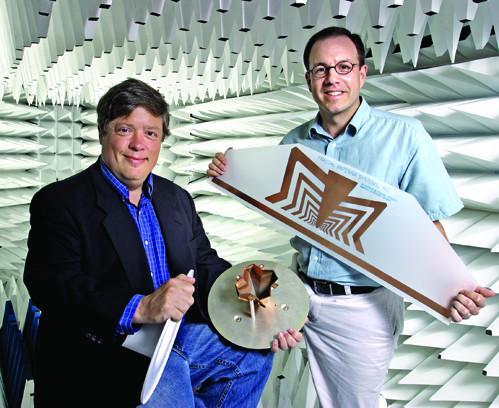A fractal element antenna is shaped using what’s known as fractal geometry, or a “self similar” complex pattern built from the repetition of a simple shape.
It’s the qualities of fractals that enable Fractal Antenna Systems to produce high performance antennas which they say are typically 50 to 75 percent smaller than a traditional antenna.
These FAS antennas feature increased bandwidth, multibandedness, and gain, and the geometry of the conductor is what gives them lower complexity and fewer potential points of failure.
Now FAS has unveiled what they call “the next step in wireless antennas” with their DAS Works Antenna Custom shop. The shop offers an entire team dedicated to the design — and rapid fabrication — of custom antennas for DAS, public safety, and WiFi applications.
“We realize that finding a specialty antenna can become a designer’s nightmare, and cause an overall schedule delay in a DAS installation,” says Nathan Cohen, the Founder of FAS. “FRACTAL can not only solve custom DAS, public safety, and WiFi issues, but we can deliver the antenna in a rapid time frame.”
Every DAS project design and installation includes a walk-through at the site to determine which parts of a job are special and unique.
The small, unobtrusive, form-factor antennas are favored by designers and installers.
Fractal Antenna Systems supplies products for wireless and electromagnetic applications, and their products are the result of some three dozen US and international patents. The company say they also have dozens of patents pending, and they’ve piled up extensive research and field experience over the course of 20 years in business.
The privately held company is headquartered in Bedford, MA, and they also make related devices such as filters, metamaterials, cloaks, diffusers, and absorbers. The company was founded back in 1995 by Cohen, a physicist and radio astronomer, and he says that experience led him to create a new perspective to design and use fractals in products.
Cohen says his company began by doing military work, but has now diversified into commercial work building metamaterial devices, arrays, and MIMO antennas. He recently gave a talk at the Radio Club of America entitled “3D Printing in Antennas and Electronics.”
He says the company has succeeded as customers ask for something other than standard catalog offerings, and his team’s use of rapid 3D prototyping and 3D printing allows them to go into production in days or weeks rather than the months the process once took.
What do you think of these 3D printed fractal antenna systems? Can you see an application for them? Let us know in the Fractal Antenna Systems 3D Design and Printing forum thread on 3DPB.com.

